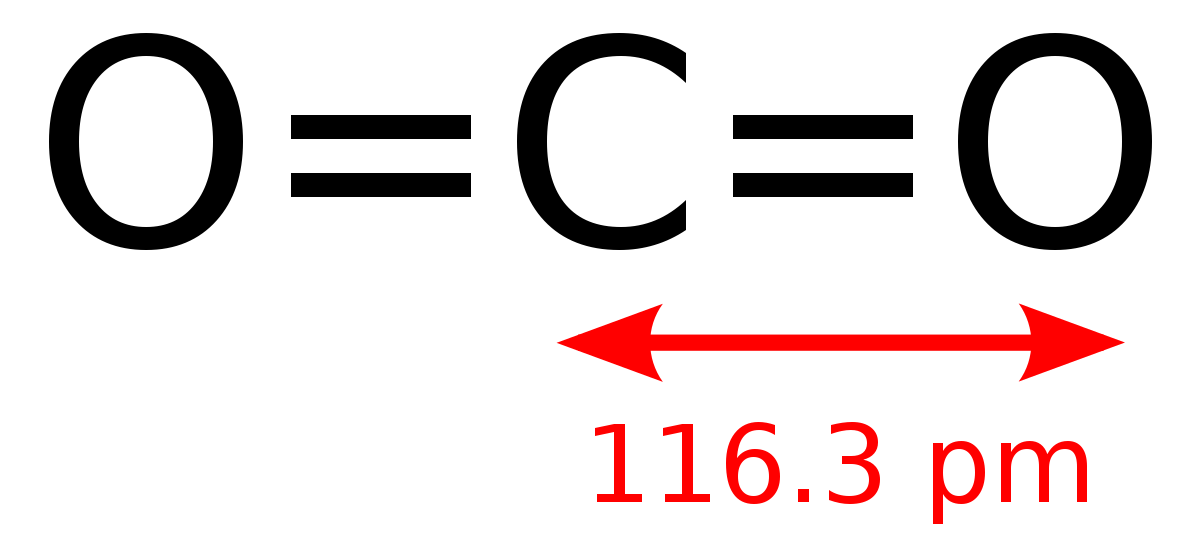
Detecting specific gases in the air is possible using a number of different existing technologies, but typically all of these suffer from one or more drawbacks including high energy cost, large size, slow detection speed, and sensitivity to humidity.
Overcoming these deficiencies with a unique approach, a team based at Kyoto University has designed an inexpensive new material capable of quick and accurate detection of a specific gas under a wide variety of circumstances. Moreover, in addition to being reusable, the compound gives off variable degrees of visible light in correspondence with different gas concentrations, providing for development of easy to use monitoring devices.
The findings, published in a recent issue of Nature Materials, describe the use of a flexible crystalline material (porous coordination polymer, or PCP) that transforms according to changes in the environment. When infused with a fluorescent reporter molecule (distyrylbenzene, or DSB), the composite becomes sensitive specifically to carbon dioxide gas, glowing with varying intensity based on changing concentrations of the gas. Lead author for the paper was Dr. Nobuhiro Yanai of the university’s Graduate School of Engineering.
“The real test for us was to see whether the composite could differentiate between carbon dioxide and acetylene, which have similar physiochemical properties,” explains Assoc. Prof. Takashi Uemura, also of the Graduate School of Engineering. “Our findings clearly show that this PCP-DSB combination reacts very differently to the two gases, making accurate CO2 detection possible in a wide variety of applications.”








